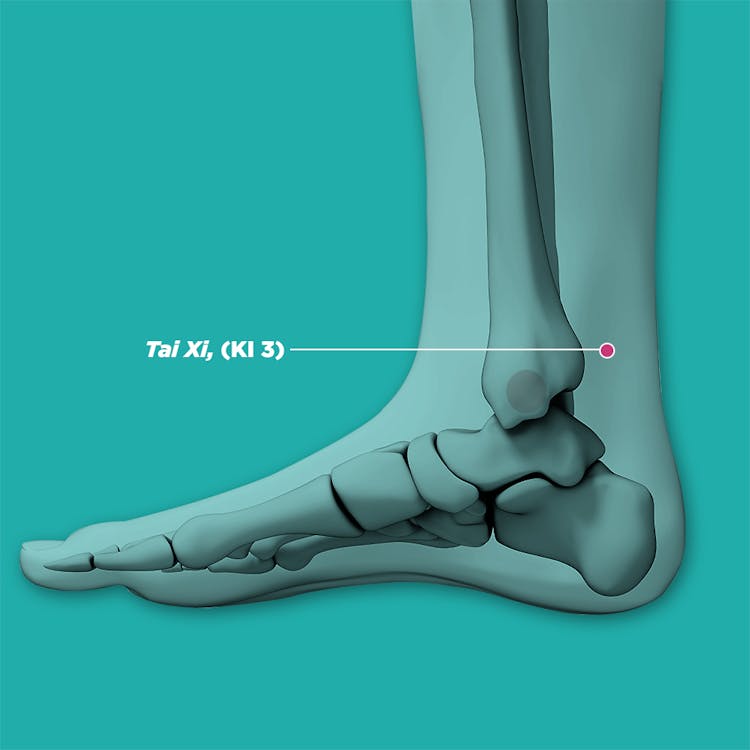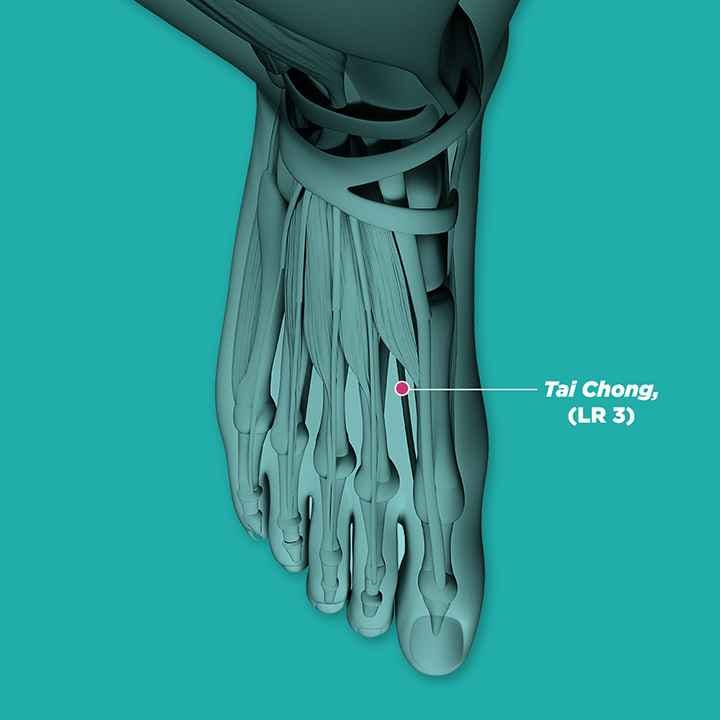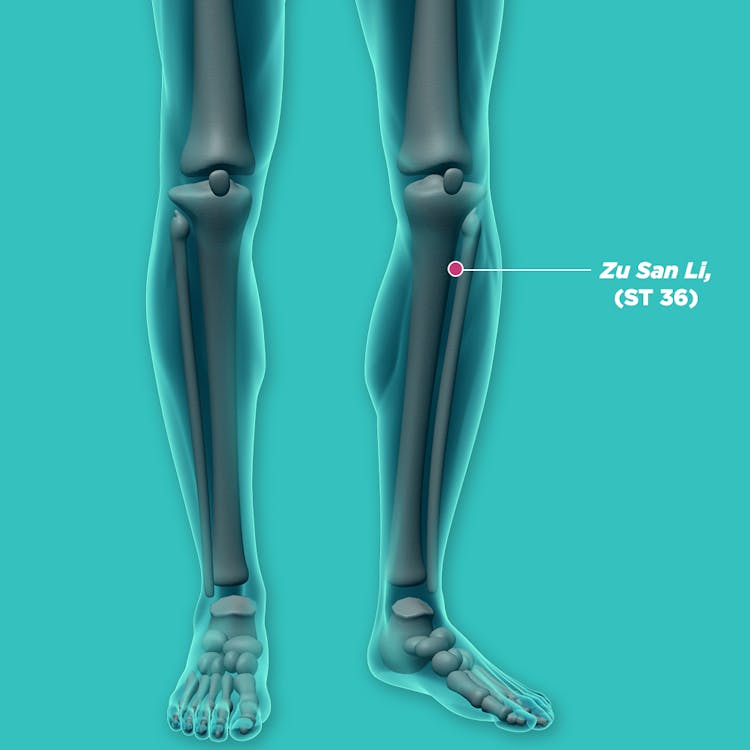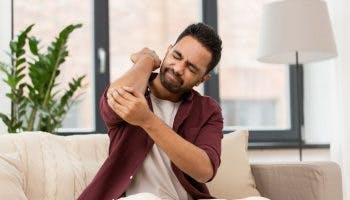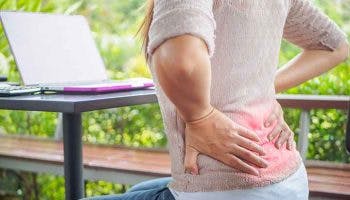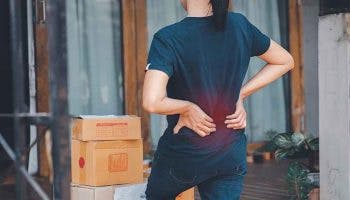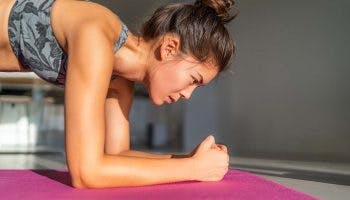Try These 3 Natural Remedies and Treatments for Shin Splints
Published | 6 min read
Shin splints are painful and will keep you away from exercise for weeks. The more frequently you use your legs, the more likely you are to get injured.
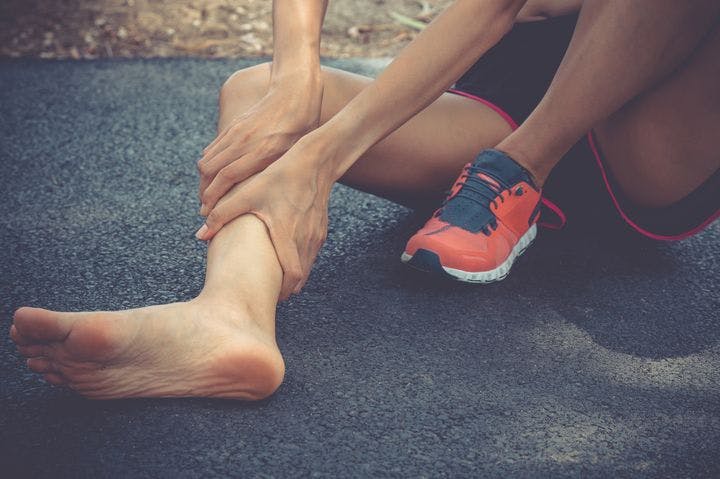
The famed endurance athlete, author, and public speaker, David Goggins, entered his first ultra-marathon in 2005. By the time he reached the 70-mile mark, his kidneys had failed, all the small bones in his feet were broken, and he had dual stress fractures in his lower legs. He also suffered shin splints (also called medial tibial stress syndrome) that were so painful that he had to wrap his ankles in compression tape to manage the pain.
Thankfully, you don’t have to resort to taping your ankles like he did. Read on to discover the causes of shin splints and the various steps that can help get you up and running again.
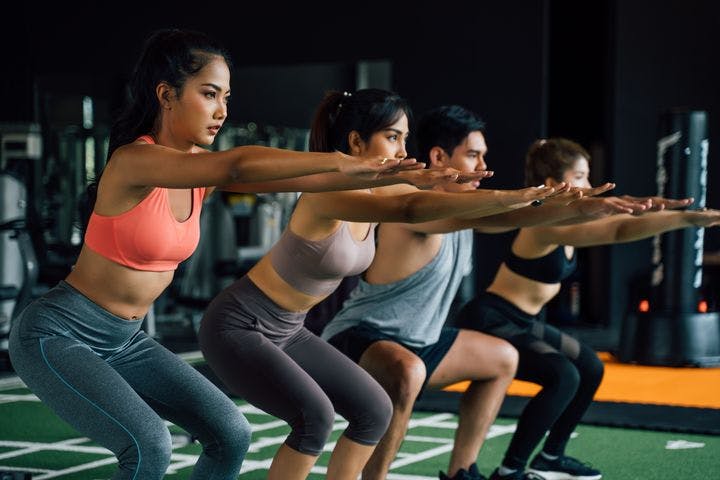
What are the Common Causes of Shin Splints?
Overuse is the primary cause of this injury. The types of activities that can trigger shin splints are either high-impact or involve a repeated use of the lower legs. Examples of these include:
- Hill running
- Distance running
- Sport or exercise routines that have frequent stop-starts, such as football, basketball, and high-intensity interval training (HIIT)
Increasing the intensity of training or number of days you train may also make you vulnerable to shin splints.
In addition, your risk of injury can be higher if you:
- Have flat feet
- Wear worn-out shoes
- Wear the wrong type of shoes
- Play sports on hard surfaces
What Measures Can a Person Take to Prevent Shin Splints?
Stay injury-free by wearing proper-fitting shoes. A “wet test” is one of the most reliable methods for identifying your foot pattern.
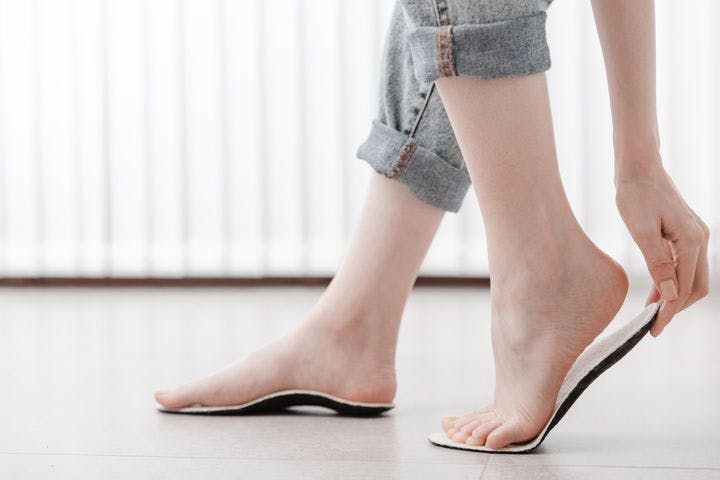
Wet your feet and place them on material or surface that shows your footprint. If a whole impression is visible, you have flat feet. If only the ball and heel are visible, you have high-arched feet.
Traditional Chinese Medicine (TCM) Physician Lim Sock Ling recommends the following tips to prevent shin splints:
- Use arch supports, which can help prevent the pain of shin splints, especially if you’re flat-footed
- Shock-absorbing insoles might reduce shin splint symptoms and prevent its recurrence
- Monitor and analyse your movement. A formal video analysis of your running technique can help to identify movement patterns that can contribute to shin splints. In many cases, a slight change in your running can help decrease risk
- Avoid overdoing it on physical activities. Too much running or other high-impact sports performed for too long at too high an intensity can overload the shins
- Choose the right shoes. If you’re a runner, replace your shoes about every 560 to 800 kilometres
- Lessen the impact. Cross-train with a sport that places less impact on your shins, such as swimming, walking or biking. Remember to start new activities slowly and increase time and intensity gradually.
- Add strength training to your workout. Exercises to strengthen and stabilise your legs, ankles, hips and core can help prepare your legs for high-impact sports
How are Shin Splints Diagnosed and Treated?
The first thing a healthcare provider will do during a consultation session is look at your symptoms and medical history. A physical examination of your lower leg will then be performed.
Imaging tests may also be required to rule other shin-related injuries. A bone scan and magnetic resonance imaging (MRI) can show stress fractures in the tibia – the larger, stronger, and more frontal of the two shinbones below the knee. An MRI may also be used to diagnose tendinitis.
To diagnose a chronic exertional compartment syndrome, a healthcare provider will measure the amount of pressure within the leg compartments before and after exercise. The syndrome will provoke an elevation of the pressure in the muscles and lead to shin splints.
Time heals everything
Taking a two-week to a month-long break from working out or playing a sport is advisable. Only resume physical activity when the pain subsides but go easy.
Substitute your usual, high-intensity sport or routine for low-impact exercises. Swimming or using a stationary bike or elliptical trainer are a few of the options you can consider. Ice your shins after exercise to minimise swelling.
It takes shin splints approximately three to six months to heal completely. Thus, it’s best that you increase the intensity of activities progressively.
Be mindful that an untreated shin splint can also develop into a tibial stress fracture, which requires surgery.
Clinical medication and natural formulations
Non-steroidal anti-inflammatory drugs (NSAIDs) such as ibuprofen, naproxen and aspirin may be recommended by a healthcare provider for pain and swelling.
The focus of TCM in treating shin splints is to relax the muscles, remove Stasis, nourish the Liver and promote qi (vital life force) circulation.
“Tao Hong Si Wu soup (桃红四物汤) and Zheng Gu Zi Jin Dan (正骨紫金丹) are commonly used in the treatment of shin splints by removing Blood Stasis, promoting pain relief and healing. You may also consume natural ingredients like ginger (sheng jiang, 生姜), turmeric (jiang huang, 姜黄), Valerian root (xie cao, 缬草), and coconut oil,” explains Physician Lim.
Each of these have demonstrated anti-inflammatory properties. Collectively, they have the ability to alleviate pain and act as a muscle relaxant.
You can soak ginger slices wrapped in a towel in warm water before applying on the affected area as a warm compress. This helps reduce inflammation and pain.
Undergo physical rehabilitation
Working with a physical therapist is a viable option for addressing pain caused by shin splints. You’ll also learn exercises that strengthen the leg muscles.
Do speak to them about the use of arch supports, orthotics, or customised shock-absorbing shoes in fending off a recurrence of the injury.
Natural treatments
Research also shows that the combination of tuina and acupuncture helped ease pain due to shin splints, and a dependency on NSAIDs. During treatment, an acupuncturist may work on pain points along the affected shin, as well as acupuncture points like:
- Yang ling quan (GB34, 阳陵泉)
- Tai xi (KI3, 太溪)
- Tai chong (LI3, 太冲)
- Qu quan (LI8, 曲泉)
- Di ji (SP8, 地机)
- Yin ling quan (SP9, 阴陵泉)
- Zu san li (ST36, 足三里)
The combination of clinical and traditional therapy can help you achieve total recovery from shin splints. Speak to a licensed practitioner before using the latter system of medicine.
Physician Lim cautions, “Acupuncture treatment is generally safe if performed by a qualified physician. However, a cautionary approach will be taken if you’re pregnant, have diabetes, or on blood-thinning medications. Likewise, a TCM practitioner will suggest other herbal alternatives to avoid contraindications.“
References
- MedlinePlus. Shin splints – self-care. [online] [Accessed 18 August 2022]
- OrthoInfo. Shin Splints. [online] [Accessed 18 August 2022]
- AcuSport Education. Acupuncture for Tibial Stress Syndrome (Shin Splints). [online] [Accessed 18 August 2022]
Share this article on


